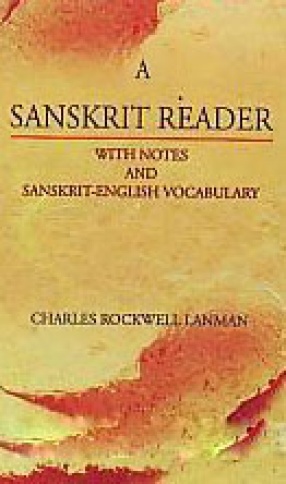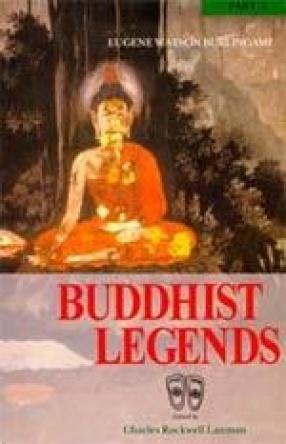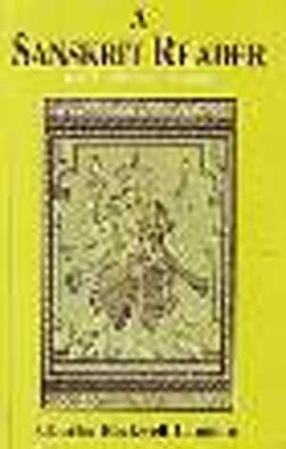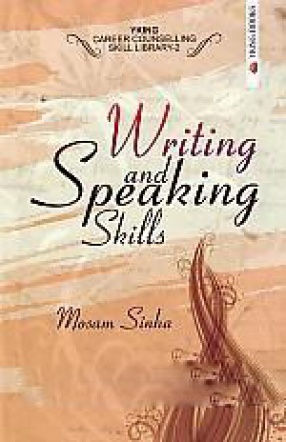The results of comparative philology are now so generally incorporated into our modern classical grammars, lexicons, and text-books, that even a slight knowledge of Sanskrit, if it be accurate so far as it goes, is of great service to the classical teacher in making his instruction interesting and effective. As independent disciplines, moreover, Sanskrit and comparative philology, and the literatures and religions of India, are constantly gaining in importance, so that, for example, Sanskrit is now taught at all but one of the twenty universities of the German Empire. The design of this work, then, is twofold. In the first place, it is to serve as an introduction to these subjects for the students of our colleges and universities. The excellent Chrestomathy of Boehtlingk has no vocabulary; and few persons can be expected to buy the costly dictionary of Williams or that of Boehtlingk and Roth, at the outset, when they are uncertain whether Sanskrit will be of sufficient interest or use to them to warrant their continuing its study. What the beginner needs is an elementary work eomprehending both text and vocabulary in a single volume. And accordingly, this Reader is meant to furnish ample material for about fifty weeks’ reading, in a course of three hours a week, and, with the text, the appropriate lexical apparantus. The reader is made as a companion-volume to Whitney’s Sanskrit Grammar, and these two books supply all that is needed for the first year’s study.
A Sanskrit Reader: Text, Vocabulary and Notes
In stock
Free & Quick Delivery Worldwide
reviews
Bibliographic information
Title
A Sanskrit Reader: Text, Vocabulary and Notes
Author
Edition
Reprint
Publisher
ISBN
9788120813632
Length
xx+iv+405p., 22cm.
Subjects







There are no reviews yet.